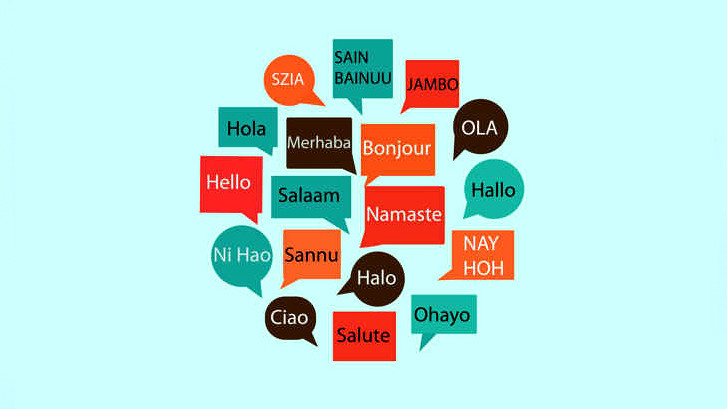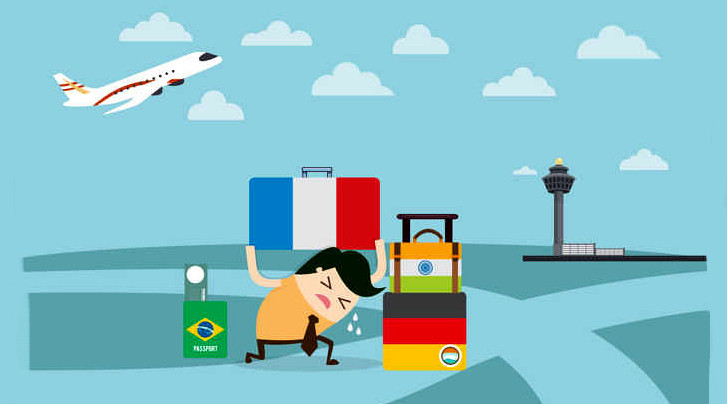5 Tips to a Successful Global Event
Hosting events can be very challenging, even if they are just local ones. An international or global event can be downright scary. There are so many things that you, as the event organizer, need to take into consideration.
But, the good news is that, no matter how scary things might seem, there are always solutions that you can implement to make sure everything goes well. It’s all about making careful and thoughtful decisions.
So, if you’re planning to host a global event in the near future, here are 5 tips that might come in handy.
Choose a Proper Date
This is one of the most basic things you need to know before hosting events. Always choose an event data that isn’t going to be a problem. In other words, don’t choose a date that clashes with other important or key events.
For instance, is there a local festival coming up? If yes, make sure your event is held before or after that. Now, you could tie in your event with such local festivities, but that would depend on the context of your event.
As a general rule, it’s always better to choose a distraction-free date.
Consider Communication Needs
Since this is a global event, you’re obviously going to have attendees coming in from various parts of the globe. Needless to say, communication becomes of critical importance in such scenarios, especially in the literal linguistic sense.
What we are trying to say is, not everybody is going to be able to understand English. So, make sure you determine the requirement for interpreters.
Send out instructions asking attendees and delegates to mention whether they will be needing an interpreter to help them communicate.
Apart from interpreters, you can also leverage visual cues in the form of signboards for simpler needs such as directions, warnings, or instructions etc.
Travel and Accommodation
Travel and accommodation also come into focus when dealing with global events. You have people traveling to the host town or city from far away locations. So, make sure their travel and accommodation needs are met. Even if you can’t actually offer these conveniences, make sure you have a team on call that can at least assist your guests in such matters.
Be Culturally Sensitive
Of course, you need to be sensitive to other cultures. However, this can be a little difficult to determine sense cultural sensitivity is quite subjective. However, it is better to err on the side of political correctness in these matters.
To be culturally sensitive, the first thing you need to do is to stop assuming that everybody is just like you. People are different and have different needs and perceptions.
So, make sure your event considers all of this. For instance, consider dietary needs. If food is part of the event, make sure you’ve planned a diverse menu so that everybody is able to find something that matches their preference.
Or, consider gestures of greeting. Not all cultures greet by shaking hands.
It is better to avoid things that might seem “racist”; safer to keep things neutral.
Be Thoughtful About Introductions
When introducing guests/delegates, make sure you find out what their preferences are. Not everybody is okay with Mr., Miss, or Mrs.
Get Started!
There you have it – a few basic rules that are sure to make your global event work. Of course, there’s a lot more to be covered, but these are enough to put you on the right track. Plus, there are event specific aspects that you might have to take into consideration as well.
So, sit down, research, and brainstorm.












